
By Angelo Randaci, Earth’s Ally Horticulturist
Angelo’s passion for plants has led him to explore many areas of horticulture including research, grounds management, technical training, design and nursery management.
As the third most popular holiday in the world, Mother’s Day follows closely behind Christmas and Easter. The origins of Mother’s Day date as far back as ancient Egypt. In antiquity, mothers were represented by the reverence and respect assigned to goddesses and in those early periods, women were held in high regard, equal to men in many ways. They were given the same rights of property ownership and legal authority for business decisions, as well as financial control. This same reverence for mothers is found in ancient Greece as well. Each year during their spring festival, all the people paid tribute to maternal goddesses who represented all mothers.
In the history of the US, reverence for motherhood began with the formation of women’s groups gathering to affect social change. In 1872, a “Mother’s Peace Day” group was launched by poet, author and social activist Julia Ward Howe. Ms. Julia was a social activist, suffragist, and pacifist who focused on the celebration of mothers as agents of change. She also wrote the Battle Hymn of the Republic and was an advocate for abolitionism.
Anna Jarvis of Philadelphia, whose mother had organized women’s groups to promote friendship and health, led the movement to establish Mother’s Day as a remembrance of her own mother and to express respect, honor, and love towards mothers. The day is an event to honor the contribution of mothers, acknowledge the efforts of maternal bonds, and the role of mothers in our society. On May 12, 1907, Anna Jarvis was credited with holding the first official service at her late mother’s church in Grafton, West Virginia to honor all mothers.
Purchasing Plants for Mother’s Day
Today we are blessed with many beautiful plant and flower choices to honor our mothers on this very special day. Look for plants that match her personality, style and hobbies. For instance, if she likes to cook, then present her with an herb garden that includes an array of new and traditional herbs she can add to her dishes. Select a planting container type and color that matches her preferred design style. For indoor décor, selecting a house plant for that special area of her home will provide years of enjoyment. All in all, the gift of live plants will award mom with a present that will “keep on giving” for many Mother’s Days to come.
DIY Your Mother’s Day Plants
Show mom your appreciation by creating your own plant arrangements. This way, you can gift her with a one-of-a-kind original planting made just for her. To do this, find an attractive container in the appropriate size for the plants you wish to purchase and one you think mom will love.
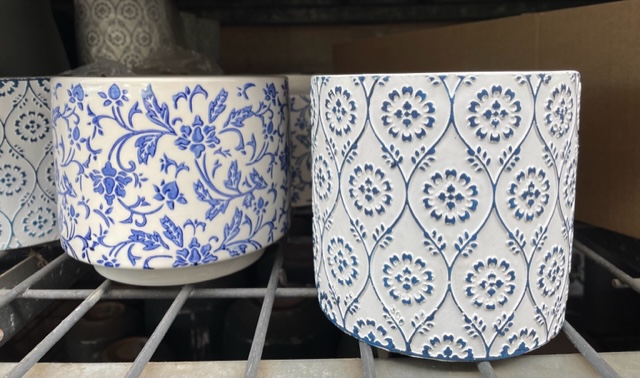
For indoor décor, it will need to include a bottom tray to collect water. Regardless of where the plant will go, make sure the container has drainage holes. Do not mix plants with different cultural and watering needs in the same container. Keep succulents together. Plants with higher water needs will not complement the planting.
Many plants such as succulents are sold individually in nurseries in small pots. Sempervivums, for instance, are offered in a multitude of colors and forms.
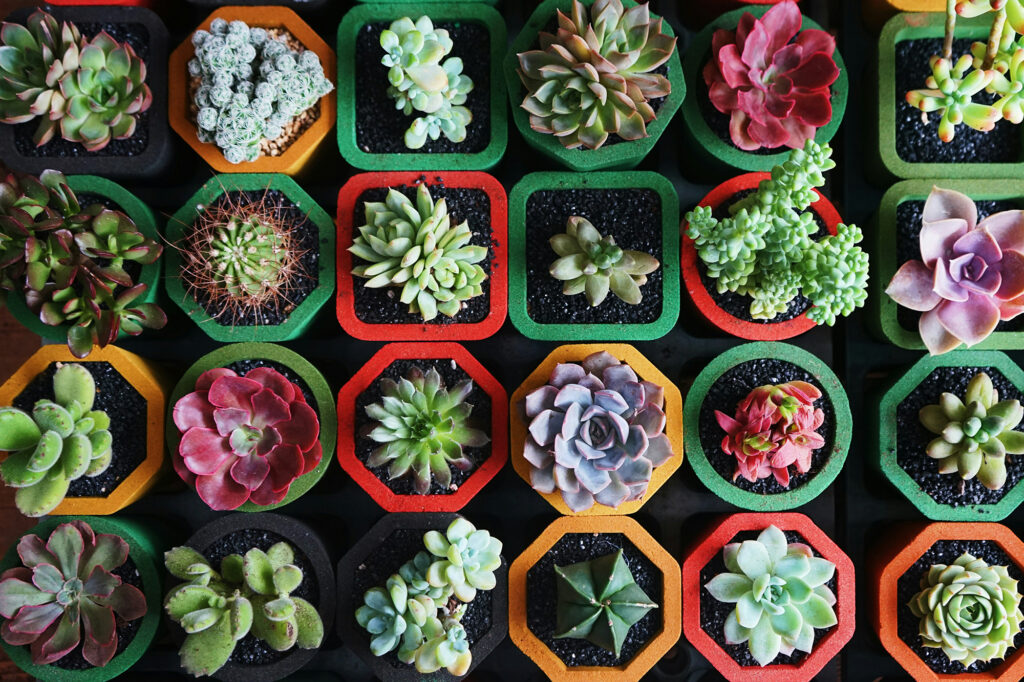
Pick out your color scheme if you have one and pick out your plants. In this case, pot them in a potting mix made for succulents. If plants are to go into the garden later, she will retain a beautiful container that she can use for future plants.
6 Mom Plants for Mother’s Day
1. Coleus (Coleus)
Coleus come in an array of foliage colors and leaf shapes. With hundreds of different varieties, there is one to suit any indoor or outdoor style and color scheme. If mom has a favorite color, there is a coleus to fit the bill. Whether she keeps it in a container or plants it outside, she will enjoy its everlasting beauty for the whole growing season.
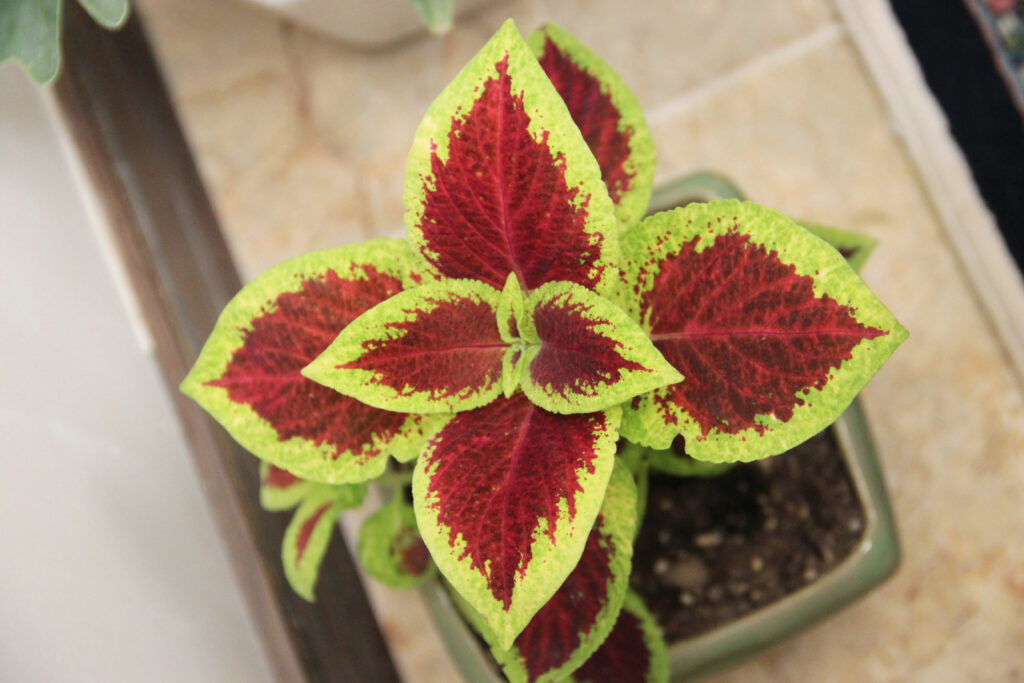
Coleus is versatile. Keep it indoors in bright light or plant it outside to add color to the garden. This will also give her a steady supply of fresh cut stems for indoor décor. When placed in water, the stems will easily root to create new plants for sharing with friends and family. In this way, she will always have your Mother’s Day gift as a reminder of your respect, love and affection.
While popular as an ornamental plant, coleus also has deeper meaning. In some cultures, it is associated with creativity and individuality. In others it symbolizes adaptability and resilience.
2. Lavender (Lavandula)
If your mom likes the soothing heavenly fragrance of lavender often found in hand soap or lotion, why not gift her with a living lavender plant? Delightfully scented, the foliage gives way to hundreds of tiny vivid blossoms adding to a complete relaxing and perceptible experience whether in a container or planted as a hardy perennial in the garden. Group 3 plants together in a basket or other container for a fuller arrangement.
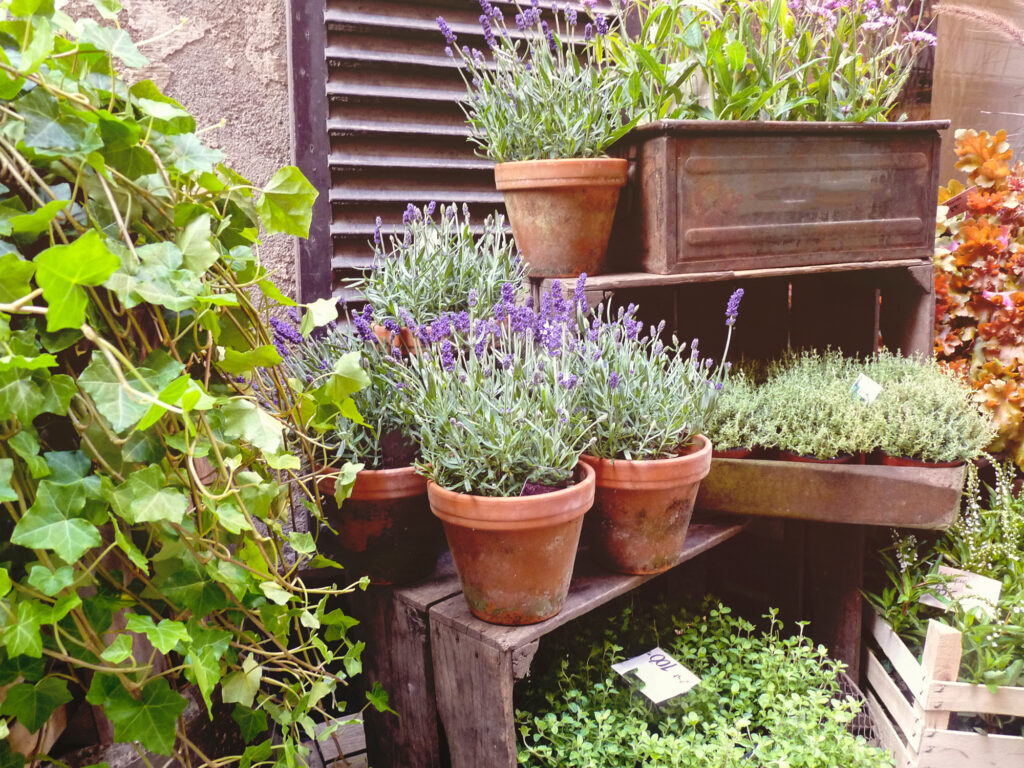
Lavender is widely grown throughout the world. It was used so extensively by Native American tribes that many referred to it as the “tree of life”. Lavender is found in literature dating back to Roman times where it was used in teas, balms, food, and medicinal remedies. Traces of lavender were even found in the tomb of Egyptian pharaohs and in remnants of their home where it was used as perfume, an aphrodisiac, and incense.
The lavender flower has many symbolic meanings within the ancient cultures. It represented serenity, grace, and calmness. It also symbolized purity, devotion, and love. The purple color of the flowers represented power, loyalty, peace, and respect. What better plant to show love and respect to your mother?
You can grow it in a container through Mother’s Day, but give it full sun over the long term to thrive. It makes a wonderful long-lived perennial for either the herb or perennial garden. In arrangements, cut stems remain fresh for up to ten days in a container of water. Its stems can be dried to be enjoyed throughout the winter months as well.
3. Peonies (Paeonia lactiflora)
Peonies are in season to bloom right around Mother’s Day. Often displayed as a big bountiful bouquet of fresh blooms, the plants display joyful and heartwarming flowers that capture the essence of the season.
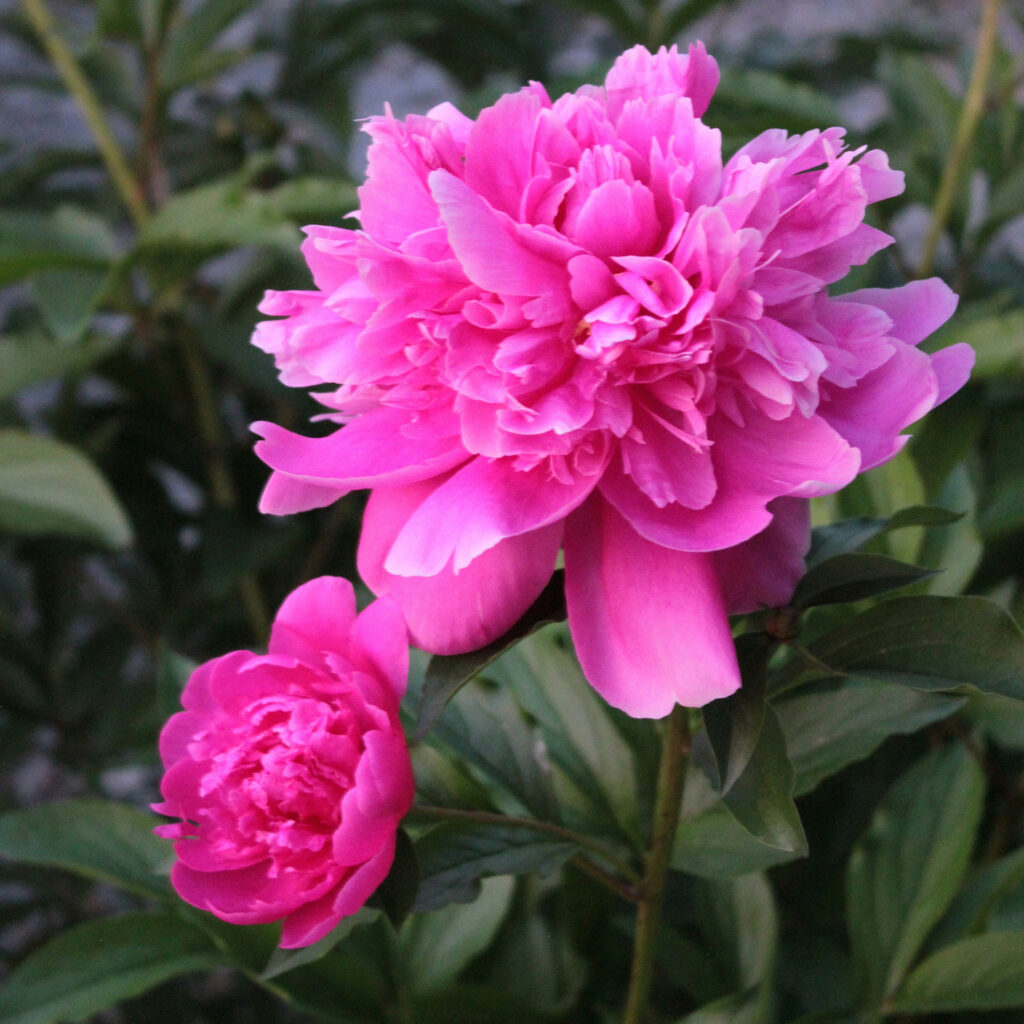
Why not give her a gift that will last a lifetime? Peonies are one of the longest living perennials for the garden. Peony plants make the perfect gift for expressing love and gratitude. Blooming in May and June, the wonderfully fragrant blossoms are available in a multitude of colors and flower forms. Symbolically, they are associated with romance, prosperity and good fortune making them the perfect gift for expressing your love and gratitude for many years to come. She can enjoy them in the garden and cut fresh stems for a long-lasting indoor display.
4. Houseleek (Sempervivums)
Number 4 on this list is in the succulent category. Sempervivums (commonly known as houseleek or hens and chicks) grow well both indoors and out, in cool or hot temperatures. Outdoors, they have an amazing tolerance for poor soils and unwelcoming conditions. Their ability to flourish in diverse environments makes them a living testament to life’s adaptability. An assortment of sempervivums planted in a container will brighten any well-lit room. Their low-growing stature makes them a perfect choice for an elegant, decorative table plant.

Their fleshy pointed leaves are arranged in colorful rosettes that rival any flower arrangement. The main rosette is the “hen” and the smaller rosettes that grow from the main plant are the “chicks”. These lovely succulents present a network of offsets from the main rosette; a living representation of the interconnectedness of life symbolizing the life-giving force of the female.
- Growing Sempervivums outdoors: Give them 6 hours or more of sun for best leaf color in cooler climates, and grow in part sun (morning sun) in hot, arid climates. They will go dormant during winter.
- Growing Sempervivums indoors: If kept in a place receiving at least 3 to 4 hours of sun a day, they will thrive. They will go through a rest period similar to dormancy.
5. Heart-Leaf Philodendron (Philodendron hederaceum)
In the houseplant category, the heart-leaf philodendron displays charming heart-shaped leaves. The name comes from the Greek words philo (love) and dendron (tree). Commonly known as the sweetheart plant, the heart-shaped leaves are universally recognized as a symbol of love. They are also believed to bring light and positive energy into the home. This is one of the easiest plants to grow in the home. It is adaptable to a variety of light conditions and forgiving if neglected. While bright indirect light is best, they will thrive under low light conditions.

6. Carnations (dianthus)
Tradition calls for carnations to be gifted on Mother’s Day. They signify purity, faith and love; the traits that represent the virtue of motherhood. It is said that pink carnations symbolize a mother’s pure and never-ending love. Red ones signify love, affection, and admiration. There are over 300 species and hundreds of hybrid Carnation (dianthus) varieties.
Within the Dianthus group, there are new hybrids promising long-lasting color and fragrance when grown as perennials. Most of them flower on very short stems which makes them excellent fragrant centerpieces in the home.

A good choice for cutting carnations belongs to the group of carnations commonly known as Sweet Williams (Dianthus barbatus). They grow on 12-to-24-inch sturdy stems that when cut, can last for several weeks. Their small clusters of flowers provide splashes of color in the garden right through the summer and beyond.
Sweet Williams are considered biennials or short-lived perennials, but seedlings will return year after year once the planting is established. Not all are fragrant, and deadheading spent flowers will encourage more blooms. Stop deadheading in late summer to encourage self-seeding of new plants the following year. In this way, they remain in the garden for many years as though they were long-lived perennials.
Note: Sweet William plants may be difficult to find, but seeds are not. Include a packet or two of Sweet William seeds along with your potted carnations.
To make your gift complete include Earth’s Ally 3-in-1 Plant Spray. It will protect your mom’s gift from mites, soft-bodied insects, and plant diseases. She can use it on all her plants inside and out to keep them clean and healthy.
We’d love to hear how Earth’s Ally is helping you garden! Share your experience and stay connected with the #EarthsAlly community on Facebook and Instagram for access to our latest blog posts, giveaways and exclusive promotions.